My first year of shooting film – Part 1
A year ago, I became a photographer. Well of course that depends on your definition, I am not a professional, nor do I intent to become one, but a year ago I bought a Leica and became obsessed with photography. In the past year I made 14.000 photos with my Leica, but all digital. In the process of reading and learning about photography, I found a couple of interesting people online, some of which are clearly obsessed with film. That kind of triggered my interest in film as well, but I felt I have so much to learn about my digital M that I didn’t take any action. Until I got in touch with Hamish, and writing a guest post about my first film camera became the perfect excuse to start exploring it. So here’s my report on my first steps into film (who knows where it will lead).
Now I have decided to give film photography a try, I need a camera. I decided to go for a rangefinder, as that is what I like most about my M. Based on availability and price, I chose the Minolta Hi-matic 7s. I bought some cheap rolls of film (I didn’t even know if the camera would work), found an owners manual for the Minolta online, and I was good to go.
Just a few words about the camera: size-wise it is very similar to the M, it’s a bit lighter, but not much. Next to manual mode it has semi- and full-automatic exposure mode. I found focussing quite difficult as the viewfinder is a bit hazy, and the focus throw is only 90 degrees (biggest drawback of this camera as far as I’m concerned). But the 1.8 45mm lens infused some confidence in me.
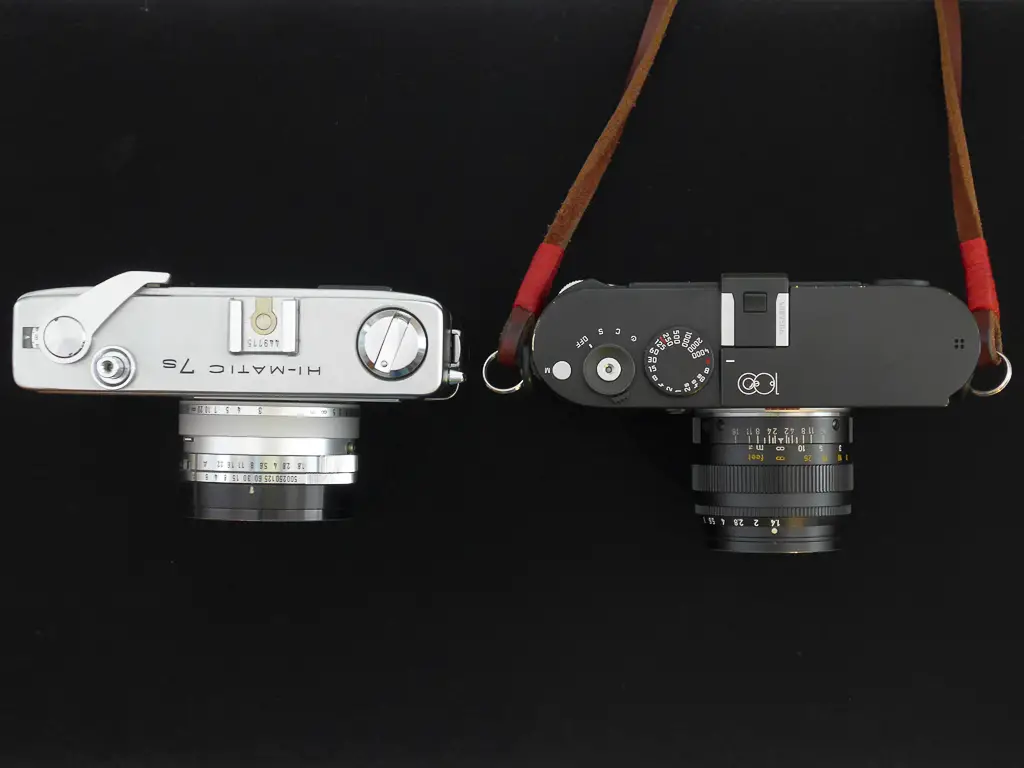
I decided to start with some comparison shots. I know that it is not a fair comparison, a camera and lens that is at least 45 years old and a state-of-the art modern camera. I just thought it would be educational for me to compare the results, for example with respect to exposure and colour. Next, I think it is good practise to use a loved one as a subject for a first photo with a new camera or lens, so here is the first photo (Minolta left, M right):
For the first photo I used the automatic exposure of the Minolta (it uses EV values), and matched the exposure with the M. I think the result is pretty compatible, auto-exposure seems to work well with the Minolta. On the M I used a Summilux 50mm lens, which is from the same era as the Minolta, levelling the field a little bit.
Next step: go out and explore. I must admit that I felt scared. Scared to make mistakes, scared to break anything. It felt as if I was using someone else’s camera. I kept doing duo-shots, giving myself something to hold on to. I wanted to use manual mode, but comparing exposure to the M gave me more confidence. With my M I have some weird emotional connection, I feel really at ease when it is in my hand. But the Minolta felt out of place. However, I started this journey, so I just had to press the shutter at some point. But even pressing the shutter felt weird, it felt as if I had to push harder, causing me to worry about motion blur. Finally, after checking and double checking exposure values (on the camera, on an iphone app, and on the M) I managed to take some photos…
The photos were made from the Euromast in Rotterdam (a tourist tower, with a viewing platform):
Exposure seems to be off, there is definitely a difference between the film and the digital result. In the film photo I miss the details and color in the sky that I do get with the M. But the circumstances were difficult, I would definitely do some postprocessing on the digital file to bring out the shadows.
For the next photos I think the lighter version of the Minolta is better, as the exposure on the skin is better. But again, same settings with different result, where the auto setting gave very similar results. I have no idea how to explain this. Something to do with aperture setting?
After a while I let go of comparing, and just used a light meter app for setting exposure. I think I was getting used to the feeling of this camera. Here are a couple of shot I made that day:
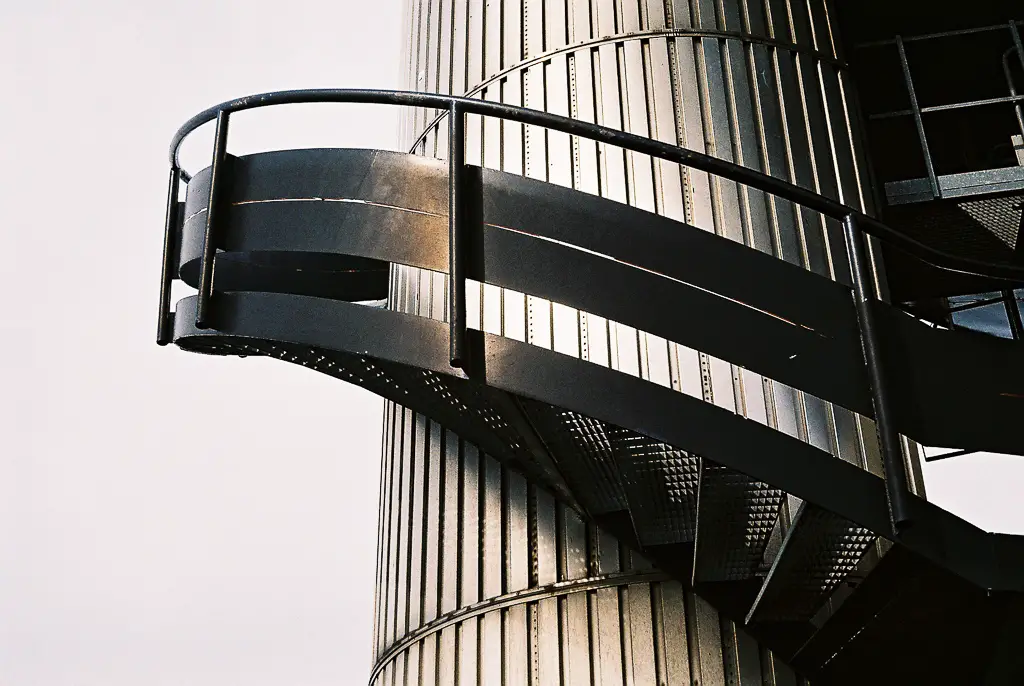
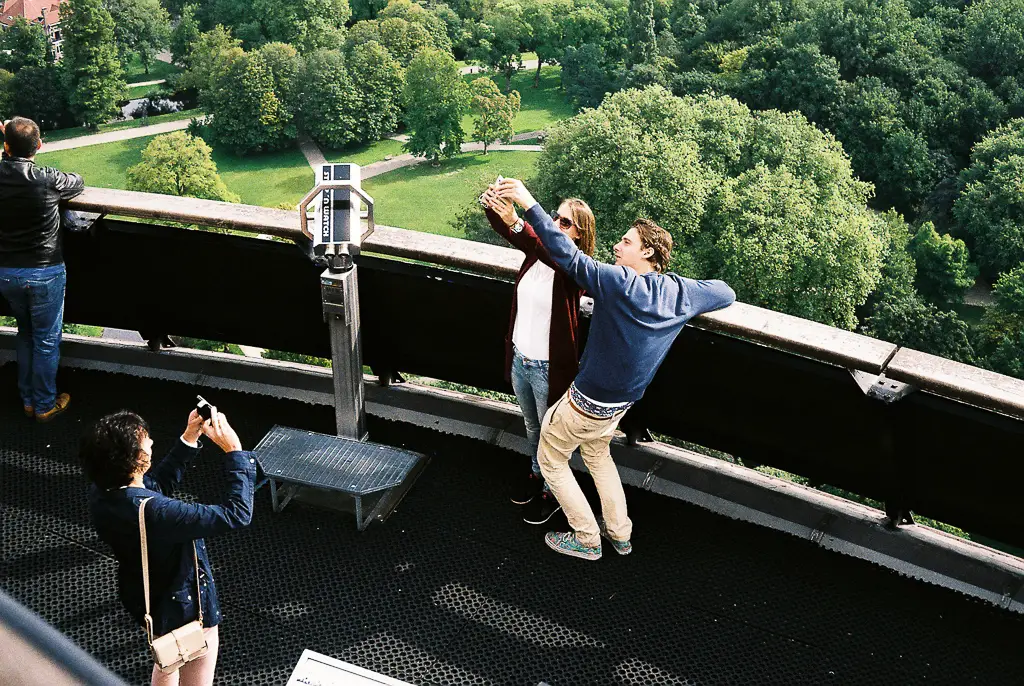
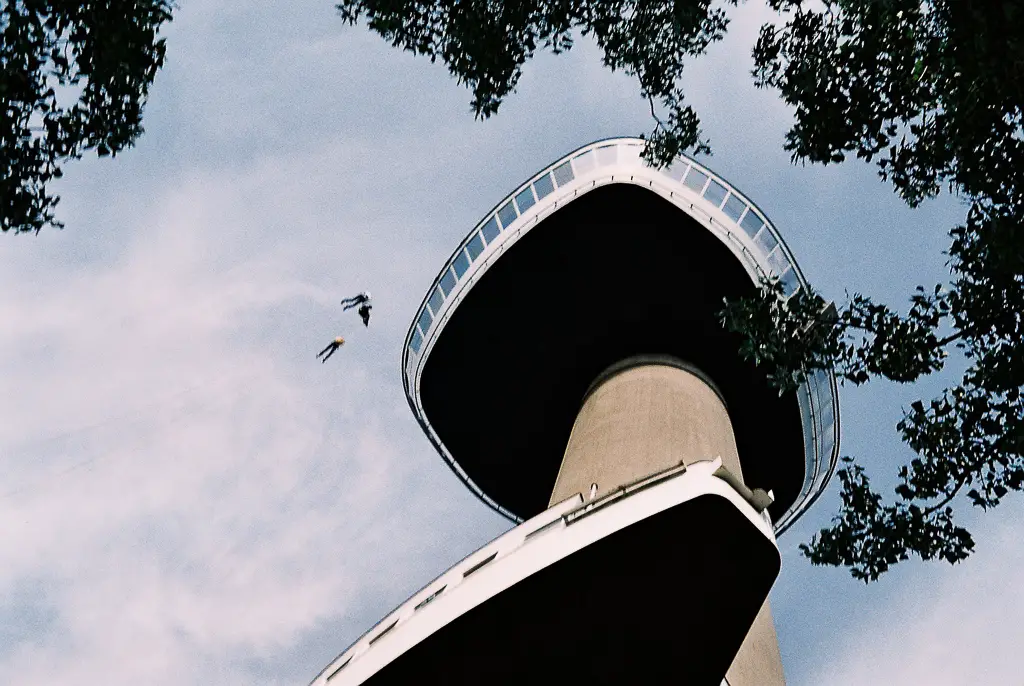
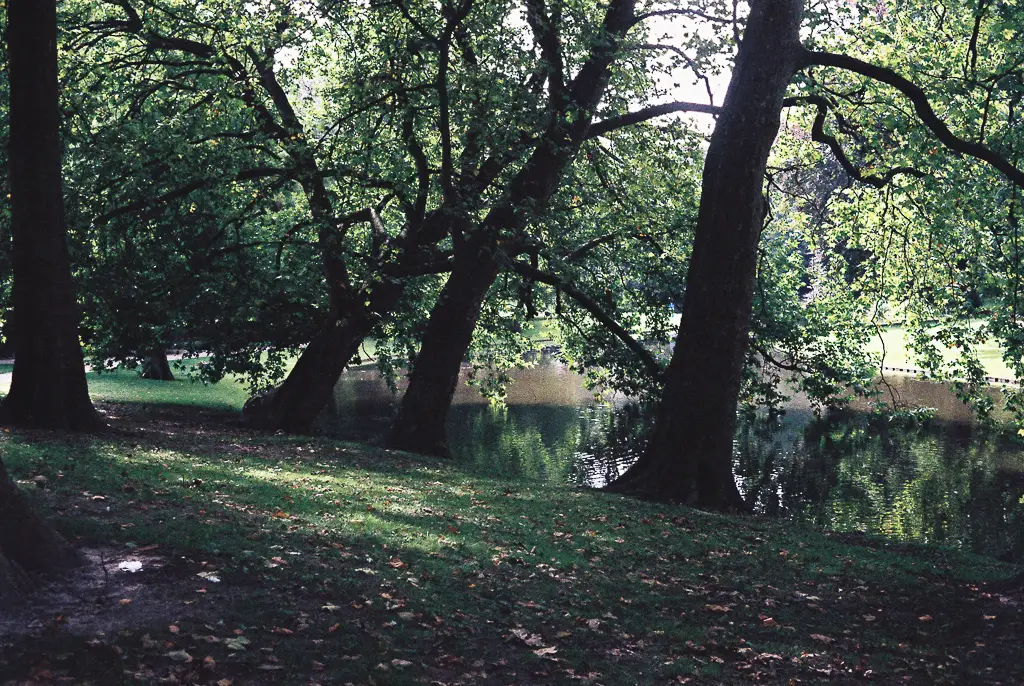
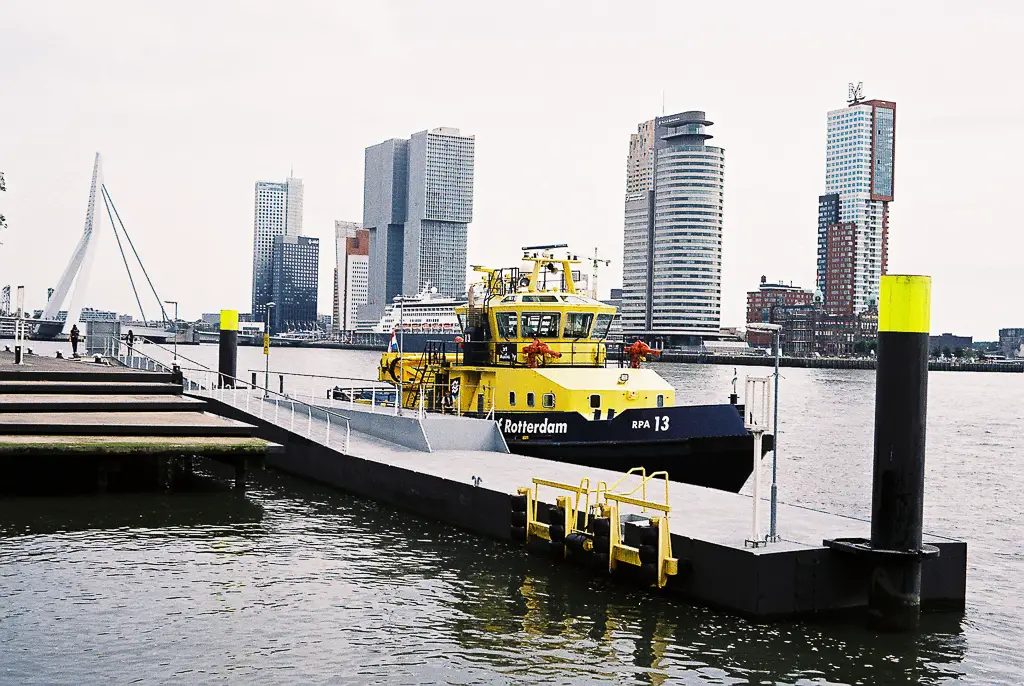
You can see I have mixed results with the exposure. But I will keep practising…
With the finished first roll I was ready for the next exciting/scaring step: development. I did some online research and concluded that I have two options for now: a cheap option with a local warehouse, or a local photographer. I decided to go with the local photographer’s shop. This presented another weird moment for me: I felt really uncomfortable leaving my roll of film with a guy I didn’t know. And the conversation I had with was strange, like we spoke a completely different language. But I managed to order prints and a scan from the negatives. And accepted that I have to wait for a couple of days….
Compared to the results from the Leica the photos on film have quite some contrast. I am not sure that I like that. You can see the comparison above, but it is not completely fair as the scans have even more contrast than the prints. Another thing to consider and to figure out…
For my second film I tried to find some different light conditions with lower contrast. And as fall is definitely setting in, I had no problem finding that. First: rain (plus a nice lunch-location)!
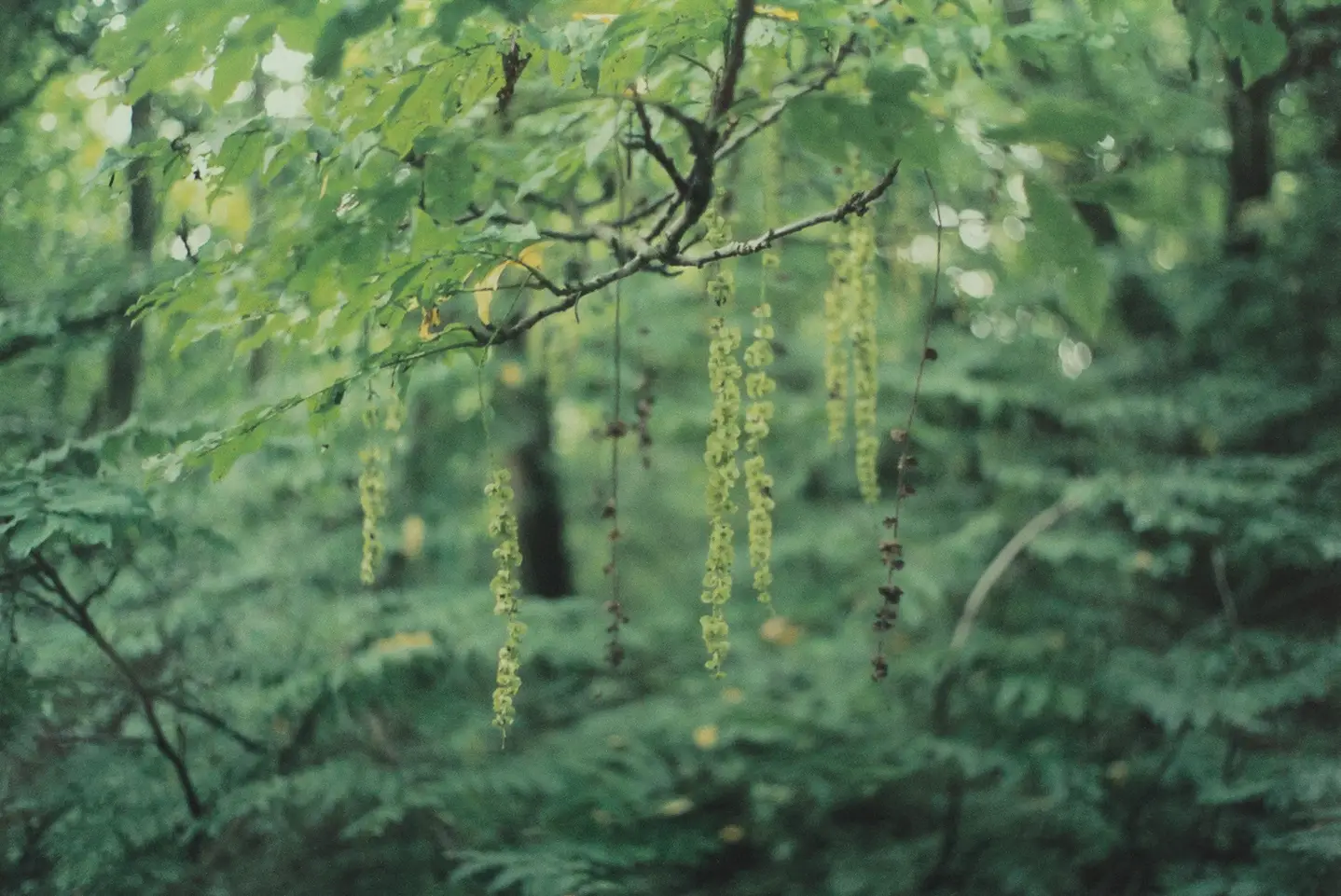
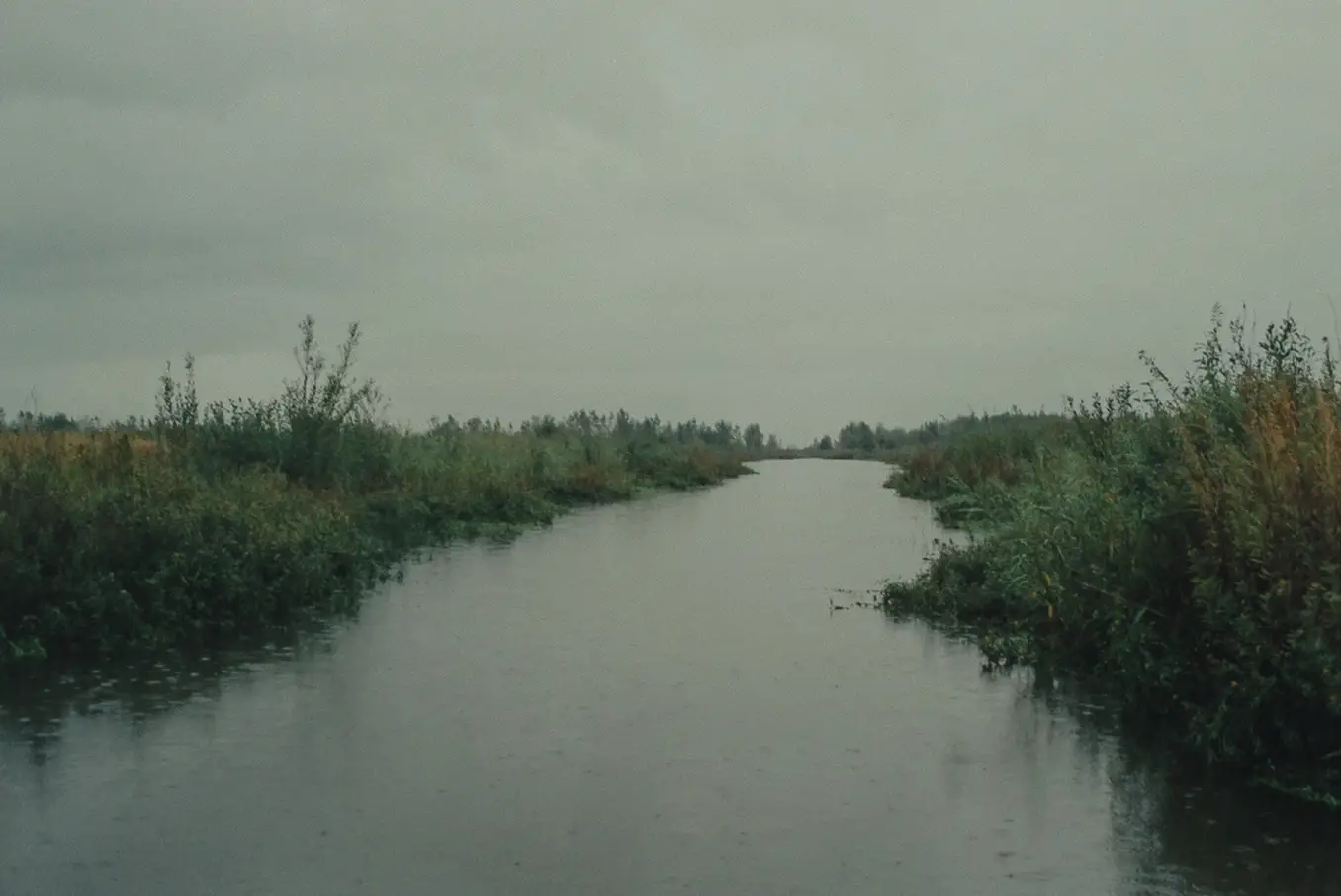
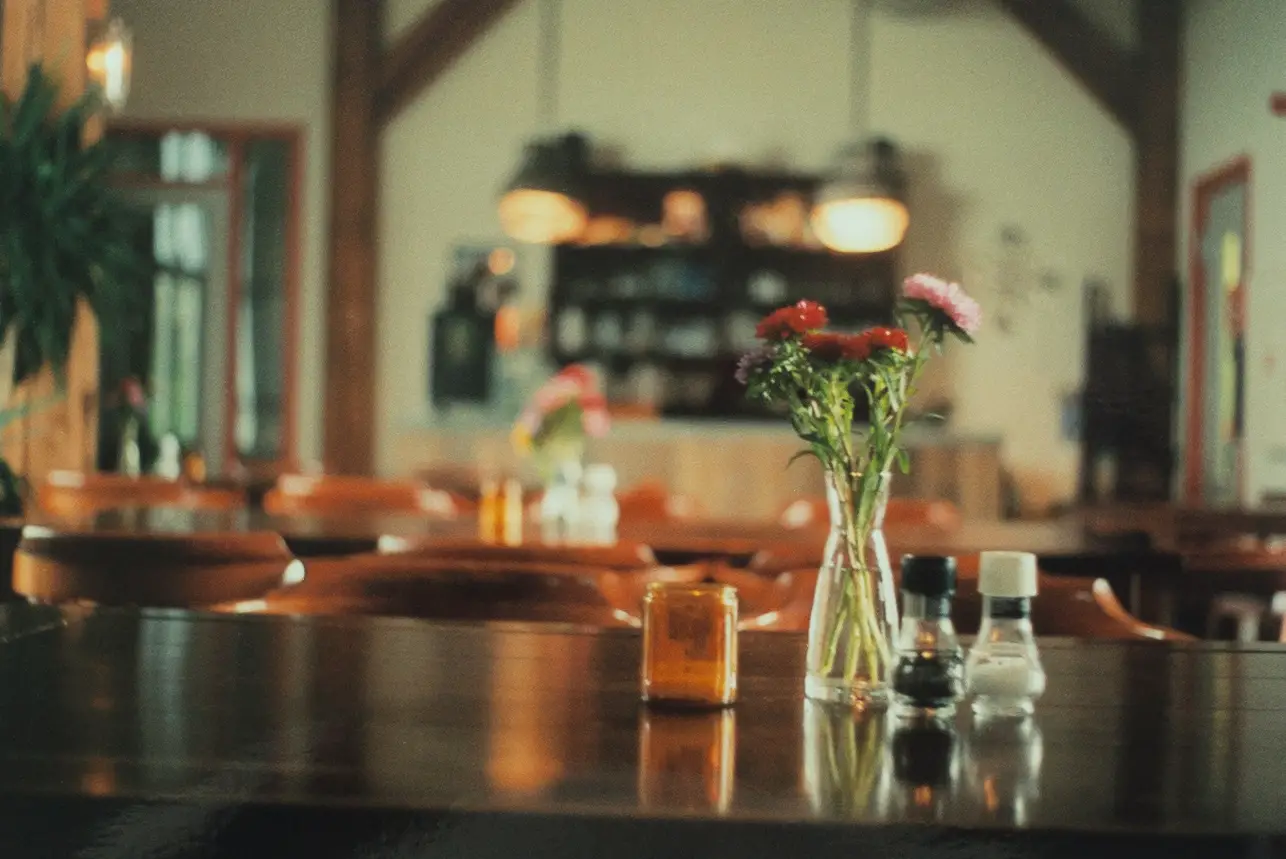
And on a couple of different days I managed to catch some fog and sunrise:
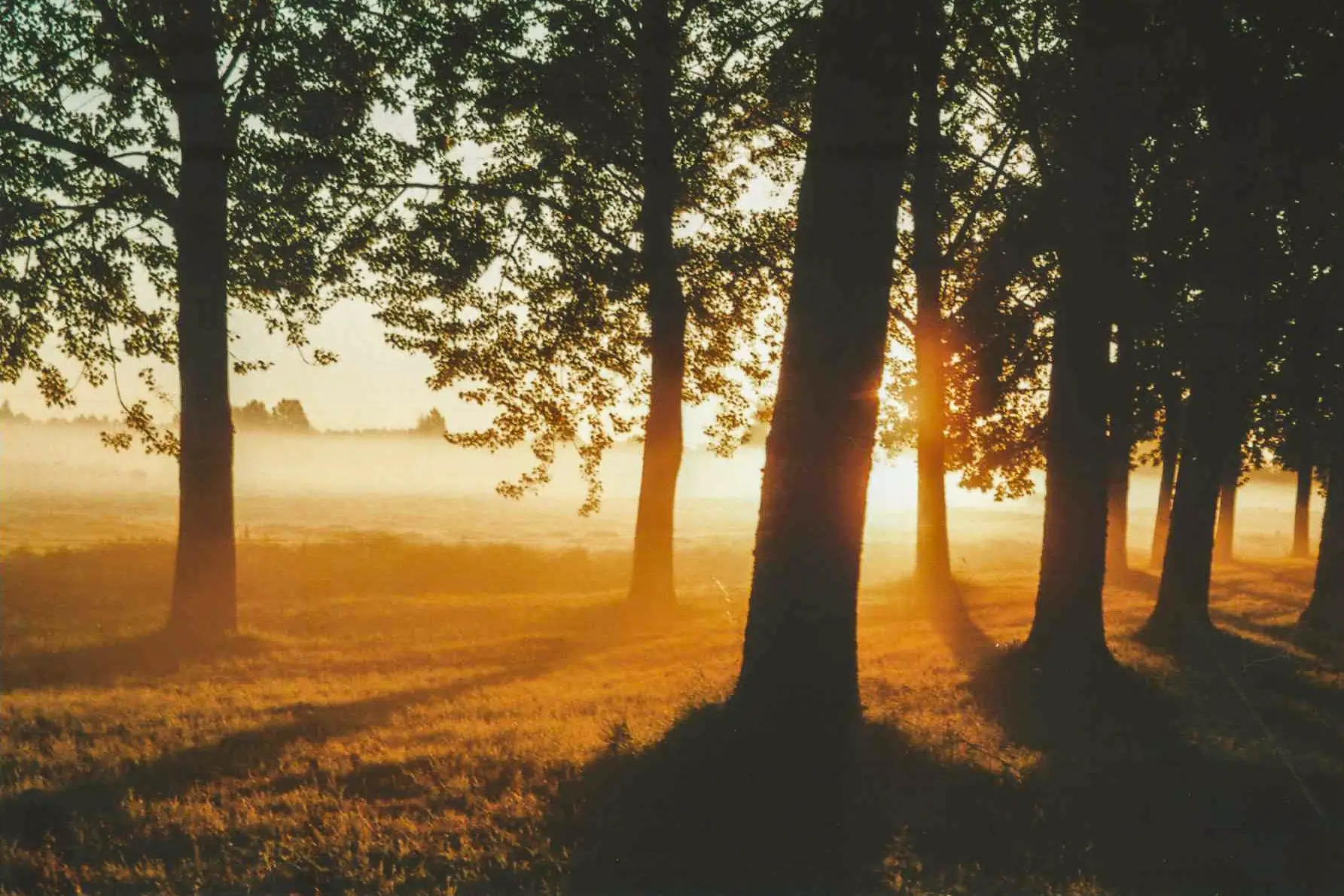
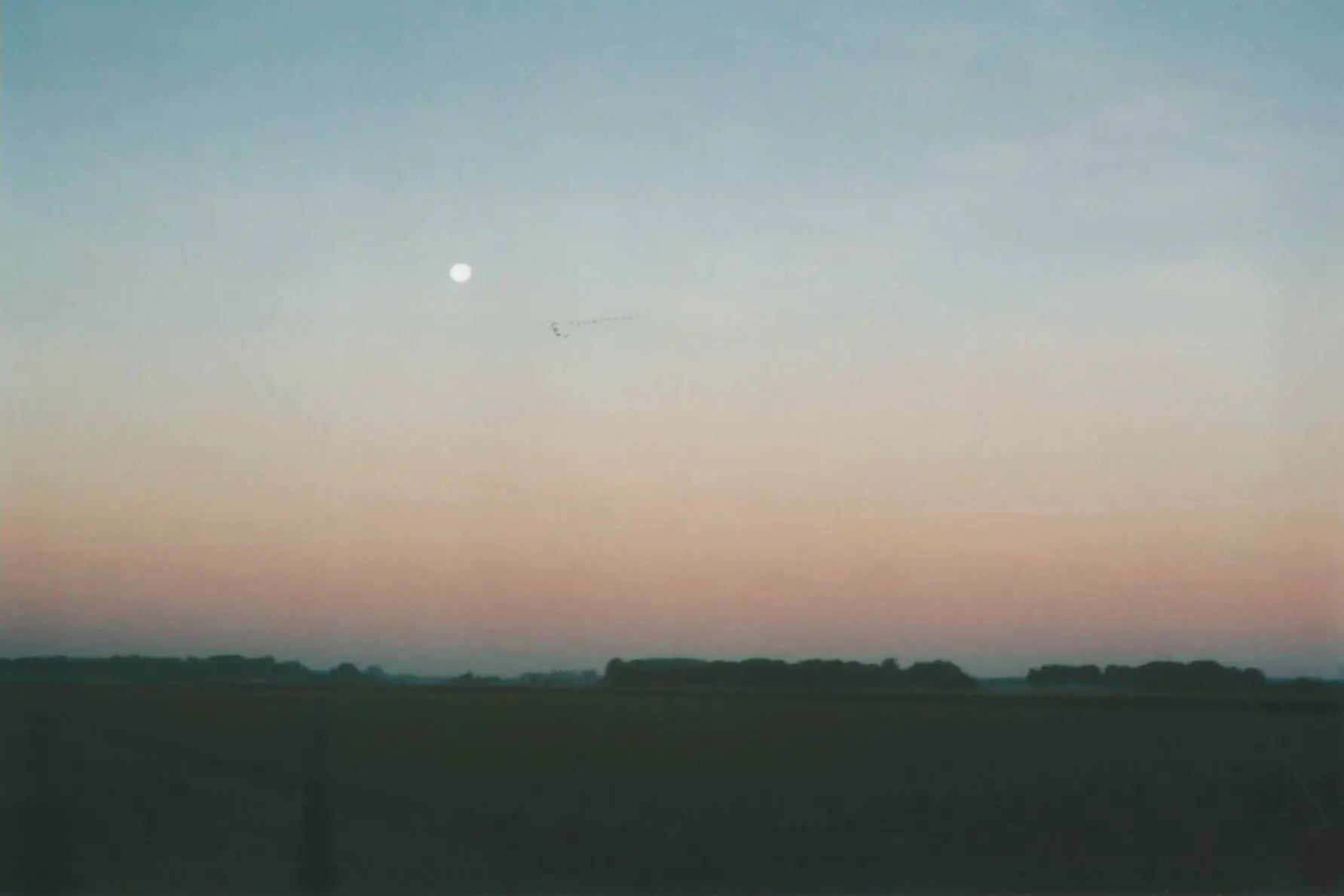
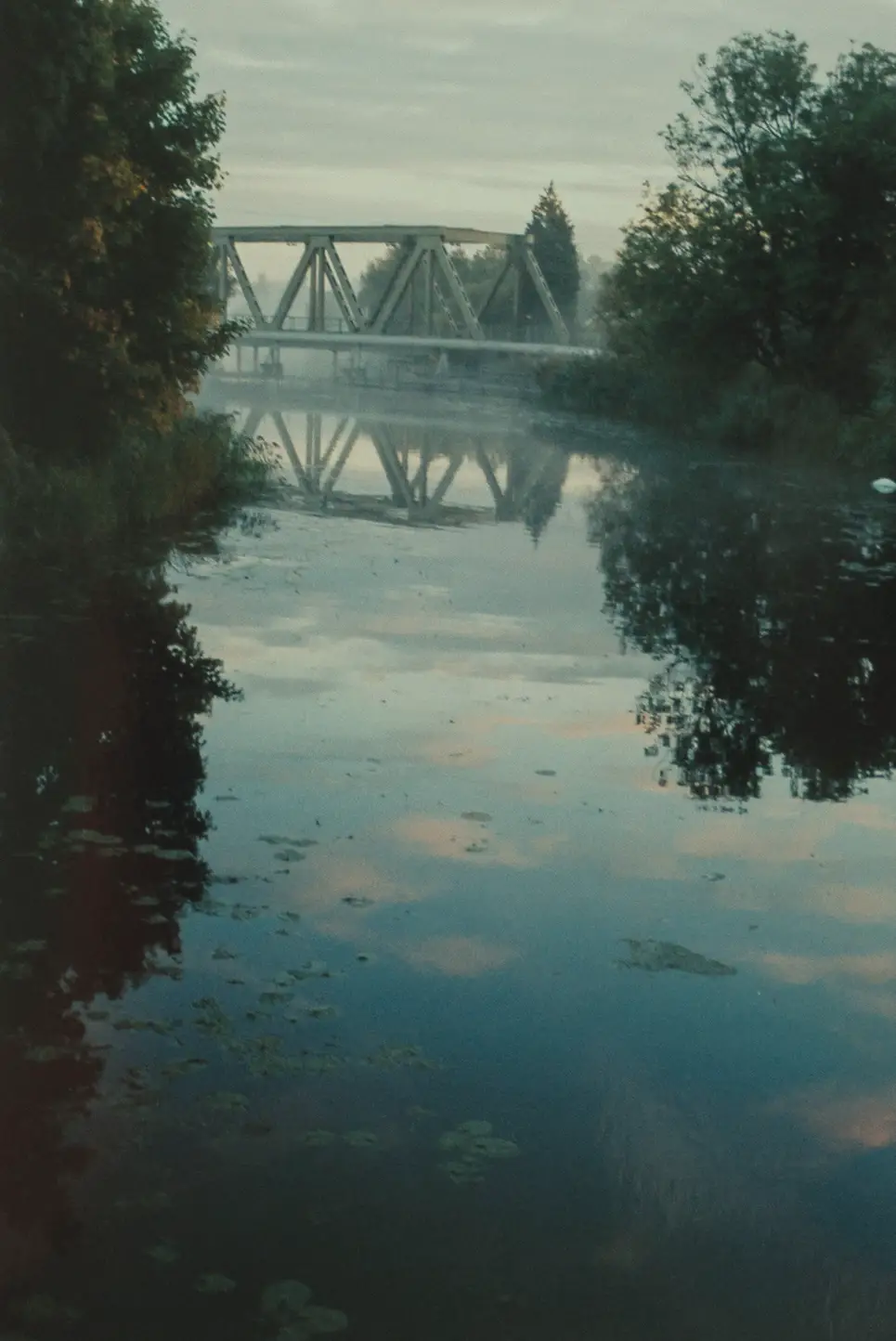
My confidence was growing, the Minolta felt more natural, I felt more at ease, and I stopped using the light meter app and even stopped bringing the M. And then I messed up…
I shot my last photo of the film and thought I remembered how to rewind the film. But I was wrong. I tried both directions (clockwise and counterclockwise) but forgot to push the small pin on the bottom. At a certain moment I heard a click, when I knew I couldn’t have rewinded the whole film, but I didn’t feel any resistance anymore. I didn’t know what had happened, but it felt as if there was no connection between the film and the lever. On my way home I came across a photographer’s store, so I walked in and discussed with her what to do. I think she didn’t really understand what I tried to explain, but we decided to open the door of the camera to have a quick look inside. Bad choice… But I noticed the film was on the right, and the film’s holder (how do you call that?) was on the left. Unattached. The lady photographer then advised me to go to a different store with a more experienced owner. This guy was clearly more knowledgable (and aged, he remembered selling the same Minoltas when they were new!). We were able to save most of the film, but this is the result for some of the last photos:
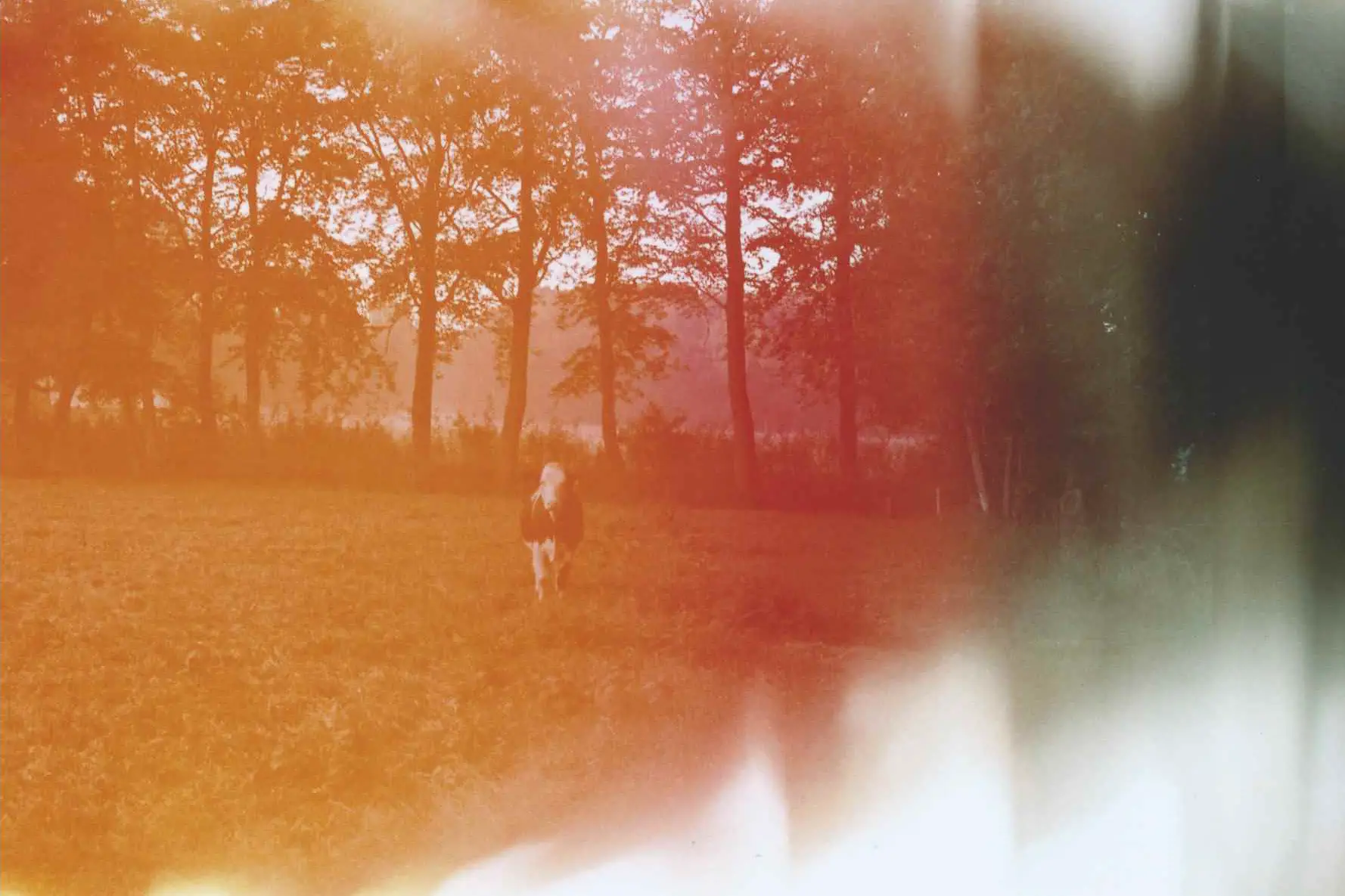
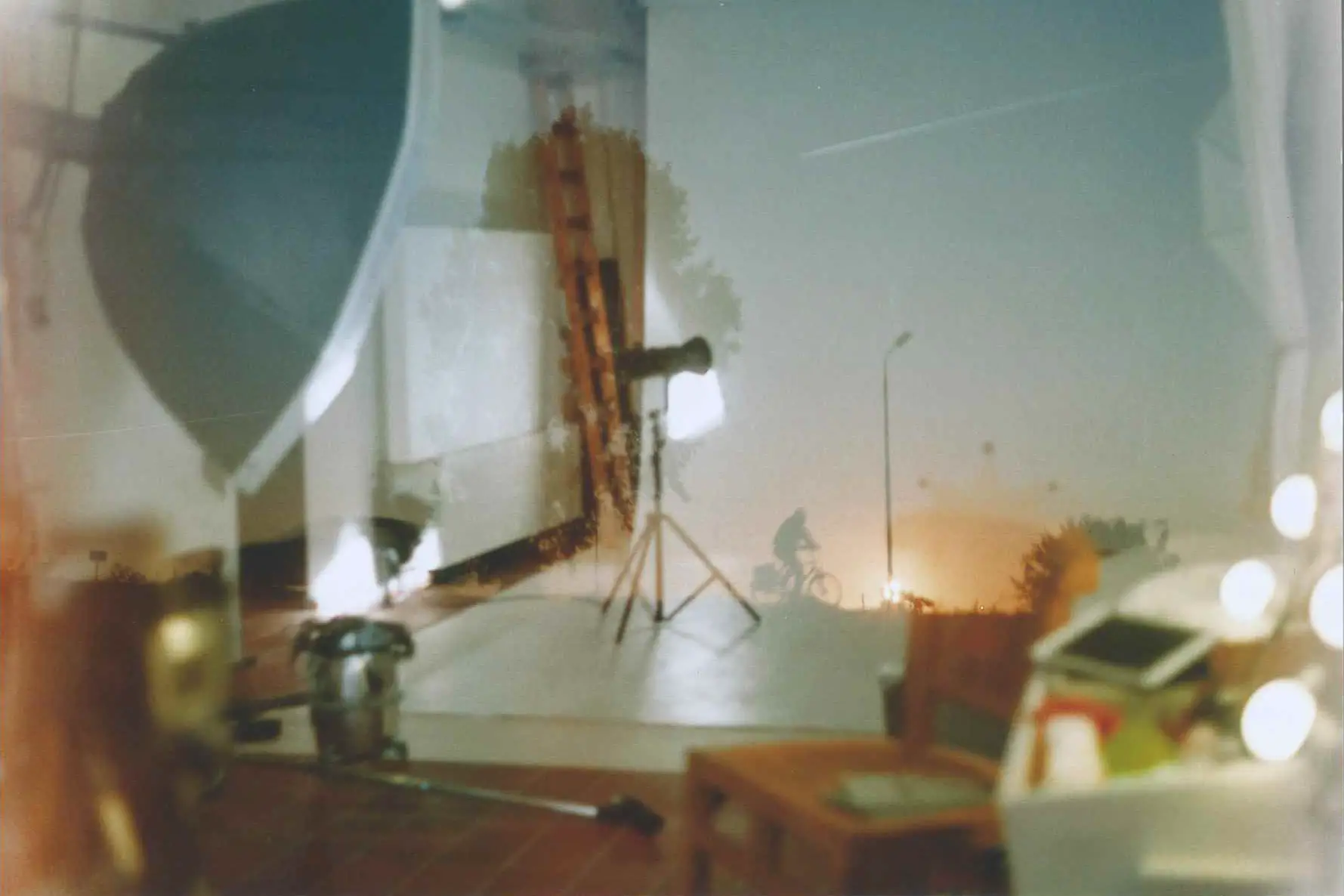
I actually kind of like the double exposure effect on this last one, but of course it was not intentional.
For this second film I tried different scanning options. As I wasn’t happy with the scans from my first film I wanted something different. The nice guy from the last store I visited advised some high-resolution scans, but at 2 euro per photo. That might be fine for a small selection of photos, but seemed a bit expensive for this experiment. So for this post I tried scanning the print with a HP scanner, and making a photo of the print with my Leica M. Both are not perfect. I am now considering buying a reflecta x8 negative scanner, but any tips and recommendations are appreciated!
So far, I am not really sure whether I like film. With digital, I like the post processing part. I shoot raw, and I quite enjoy creating the look I want in Lightroom. With this set of photos I missed that part. And I didn’t quite feel at ease leaving my film at some place else, in the care of someone else. But I love to learn new things. That makes this process really enjoyable. And there is a lot to learn: the difference between types of film, where to have it developed, how to scan…
I am not totally happy with the results yet, but I love a challenge, and now I am determined to get a good photo from film. I was already more happy with the results from the second film than from the first, so I can appreciate a bit more the magic and excitement of getting back the results from a film. To improve my chances I bought some fuji film (instead of the unbranded ones I used here). Ultimately, if I can make this work, it could be another tool in my photographers bag. That would be great!
I will continue this journey, and if you are interested in reading about my progression, you can read Part 2 here, or check my website (where you can also find my digital journey): www.whataukjesees.com.
Thanks for reading, and Hamish, thanks for having me!
Share this post:
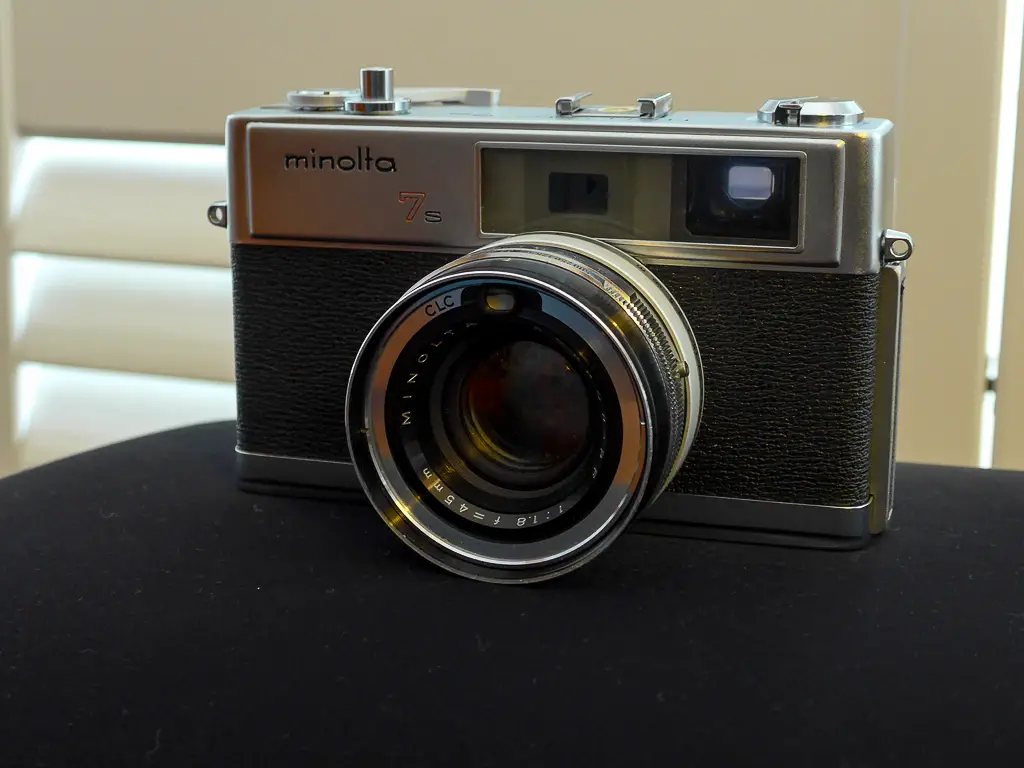
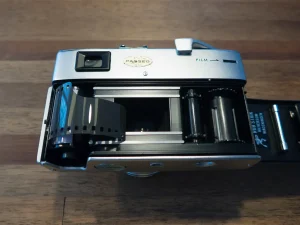
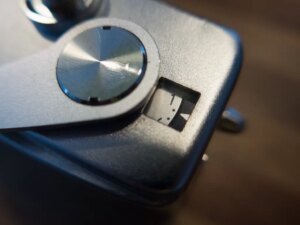
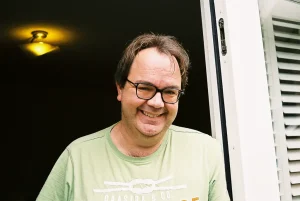

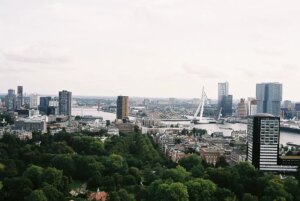
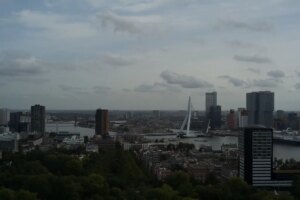
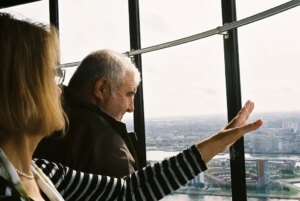
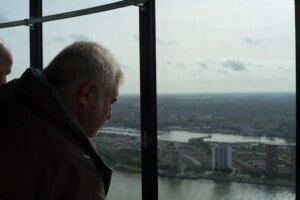








Comments
Matthew on My First Film Camera – by Aukje
Comment posted: 07/10/2015
Comment posted: 07/10/2015
Rob on My First Film Camera – by Aukje
Comment posted: 07/10/2015
As for the images - if you are used to digital editing, it takes some time to adapt to film, as it's a totally different medium. Comparison is never a good thing to base your practice on. I found it helpful to look at as many film images as I could by other photographers, so my eye became focussed, so to speak, on what film does well.
I think the shots from your second film are excellent! Really. Maybe your digital eye can't see clearly what you have there. Eventually your film eye will help you realise that you are already producing really good film photography.
Comment posted: 07/10/2015
Fang-Wei Lin on My First Film Camera – by Aukje
Comment posted: 07/10/2015
I think the film photography is a way of learning to accept what may seem imperfect in the digital point of view... for example, I totally loved the cow photo because it has such a pretty rainbow kind of colours on it, and that's not something digital photos can fake. Your careful attitude towards films does inspire me to be more respectful to each click I make with my film camera though, thanks for your article here !
Comment posted: 07/10/2015
Stephen on My First Film Camera – by Aukje
Comment posted: 07/10/2015
Since you are happy to post process your digital pictures Aukje, why not consider processing your film negatives too?
By that I mean, develop the negatives and then scan them into Lightroom or something?
It doesn't seem to be easy to find a good scanner for this process, but they are out there and I believe Epson top of the line "V850" flatbed scanners are pretty good.
Comment posted: 07/10/2015
Comment posted: 07/10/2015
Anthony Killeen on My First Film Camera – by Aukje
Comment posted: 07/10/2015
Tony
Comment posted: 07/10/2015
walker on My First Film Camera – by Aukje
Comment posted: 07/10/2015
Comment posted: 07/10/2015
Dina on My First Film Camera – by Aukje
Comment posted: 07/10/2015
And film works it magic even when you open your camera with the film in it!
I started learning about film in my first year of college (more seriously).
After college i bought my first "profissional" digital camera (6 year ago), worked with it for...i don't know...one month...and now i don't even remember i have a digital camera, but i always carry with me one camera or two.
Film is magical. I don't shoot as much as i want because of the lack of time, but for me it is better in every aspects. I like the feeling that you have when you have to stop and think in what you are seeing, really seeing. Stop the time for a moment. In digital you don't have that, because you just press the button and keep shooting.
I'm not a profissional photographer, but i know a bit about photography, not much as i want, but even now (i had my first camera when i was a child) i hate most of my pictures, and it's fine, it is part of the process, you just have to push yourself to one more roll and another one...and another one...
Aukje, try another roll of film and forget about the post process in Lightroom and the raw files, soon you will fall in love...i can tell you that!
Have fun girl!
Comment posted: 07/10/2015
JR on My First Film Camera – by Aukje
Comment posted: 07/10/2015
What's going on is the lab scanner is producing a digital RAW file by scanning your negative. This RAW file receives auto adjustments—possibly based on the scanner’s scene detection software with possible lab technician input—before being cooked into JPEGs for your CD and or prints. Again, the resulting images are only loosely related to the image recorded on film. I don't see this discussed much, especially for a newer film shooters, and I find that unfortunate.
The best solution for learning and then controlling the look of your images is to scan yourself with a decent—and not necessarily expensive–dedicated film scanner. I find the resulting RAW files to be just as flexible as my digital RAW files. I wanted you to know that since you mentioned your digital workflow involves plenty of post-processing. Understand: a film-to-digital "hybrid" workflow can give you much of that same ability.
Comment posted: 07/10/2015
Comment posted: 07/10/2015
Comment posted: 07/10/2015
Comment posted: 07/10/2015
tani P on My First Film Camera – by Aukje
Comment posted: 07/10/2015
Comment posted: 07/10/2015
jeremy north on My First Film Camera – by Aukje
Comment posted: 08/10/2015
My favourite picture is of the spiral steps. I really like the sheen on the metal of both the staircase ant the body of the structure.
I can tell that you are going to love shooting film. I think your next experiment should be with black and white. HP5 or Tri-X.
I agree with the comments above about getting a scanner. However don't lose heart if your scans aren't perfect first time. It is an art in itself to learn how to get the most from your negatives/transparencies.
Speaking of transparency film you must shoot a roll of that too. You'll delight to see the developed result.
I bet the next camera you buy will be an old M.
Comment posted: 08/10/2015
My First Film Camera - Part 2 - Guest Post by Aukje - 35mmc on My First Film Camera – by Aukje
Comment posted: 07/11/2015
A Fun Intermezzo with the Minolta Riva Panorama - Guest Post by Aukje - 35mmc on My First Film Camera – by Aukje
Comment posted: 22/02/2016
Comment posted: 22/02/2016
Comment posted: 22/02/2016